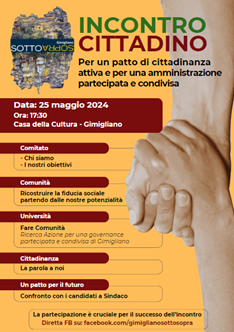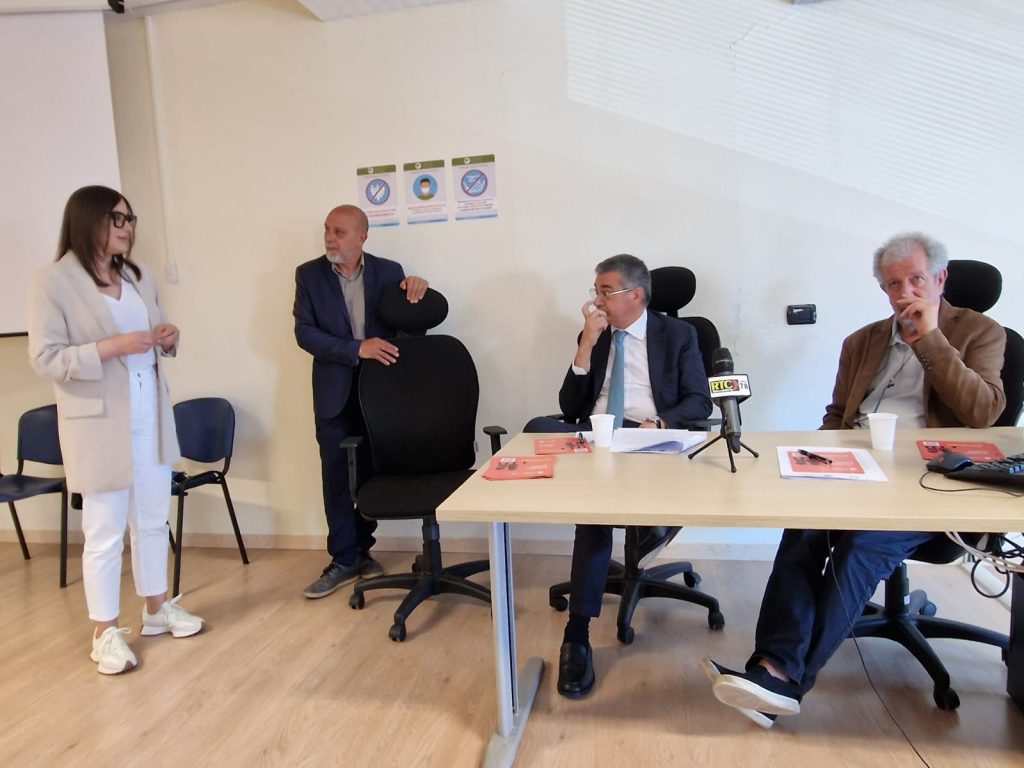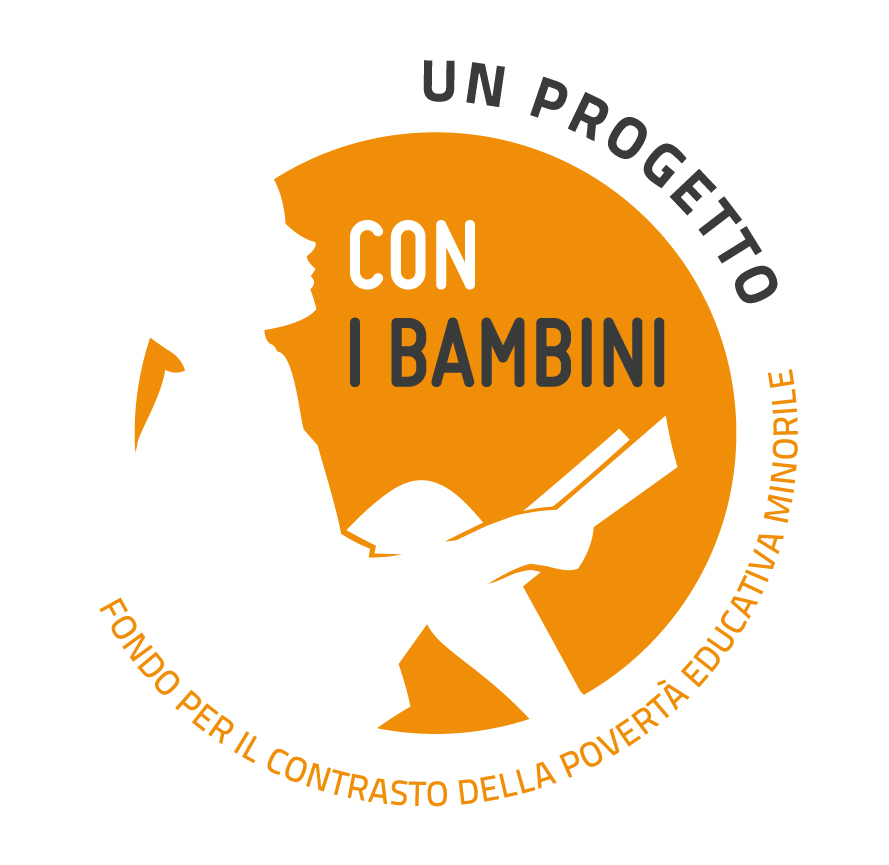by Massimo Fotino & Fernando Rocca, exclusive for The diagonales
Traduzione in
Will never be won he who will know
be wise and evaluate things thoroughly
even in moments of euphoria. (Tito Livio)
The Covid19 emergency, of which we are facing the difficult and uncertain phases of management, following the acute stage of the past months, has shown some very relevant aspects for the size and actions of local development of the territories, especially rural ones.
It seems clear, in fact, a new general awareness that the need to make readjustments in the organization of internal territories is to be addressed in a new way and with a strategy that looks beyond the mere health issue. Covid19 has shown that we need to change the way in which our local systems have been thought of so far, which are called to a profound review of their structures but above all of their social, administrative and institutional cultures.
In one sentence: Covid19 has brought to the forefront the need to produce significant social innovations in non-urban and peri-urban areas from a perspective that accounts for the dichotomy between areas of agglomeration (cities) and decentralization/disaggregation (countryside).
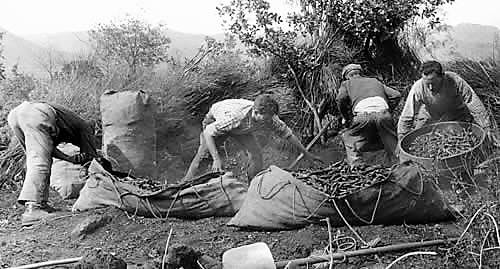
The internal areas, which constitute the backbone of our territories, have globally responded to the emergency by deeply questioning their resilience and response capabilities and identifying solidarity and collective participation not only as an episodic response but also as the central element capable of activating large-scale community processes aimed at creating the “rural social body” that, starting from the prerogatives of the good “land”, is able to provide protection, security and welfare to the people who live there, in a logic of self-production and empowerment. [2].
It is a process that is still unpredictable but on which we can already start a reasoning, starting from the observation that these changes have a dual form.
On the one hand, it seems clear that rural centers were seen in the post Covid19 phase as “healthy” places and therefore as producers of health and well-being because of the clean and uncontaminated environment, as well as settlements with “ecological” forms of aggregation against the phenomena of urban agglomeration, which, it is now clear, is considered one of the vehicles of propagation of the pandemic.
Indoor areas (and statistics on summer tourism and the mobility choices of people and families made in the 2020 season) have represented a safe choice of stay, because of their points of advantage: healthy space, low population density, with non-stressful rhythms of life, good food, etc..
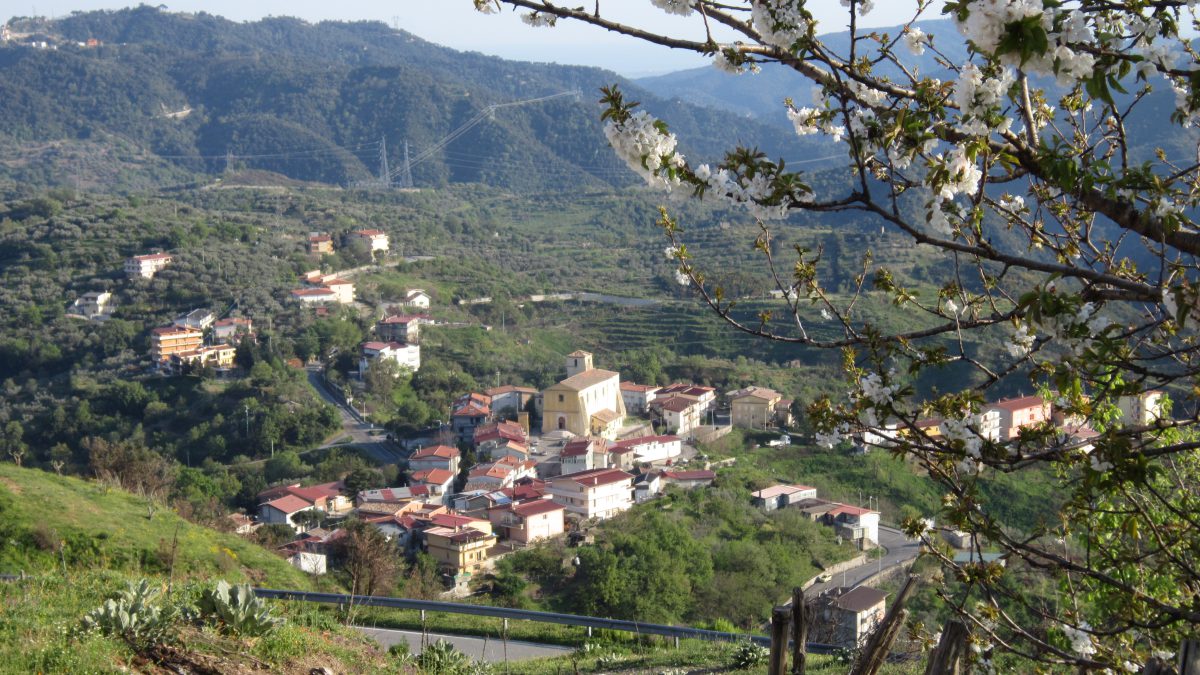
On the other hand, however, that is, from within the dynamics of rural areas themselves, this temporary renewed reputation has also brought out the weaknesses already present. If to go on vacation you have chosen to stay in the villages and rural centers, on the other hand there have been as many reasons not to go there: the lack of infrastructure and services (especially health) in these areas; depopulation; the difficulties related to mobility that makes it not convenient to locate businesses in areas not served by roads and, finally, an endemic pathological dependence on financial assistance from super-local authorities (especially in Europe) and the difficult renewal of a policy that struggles to govern complex processes, to involve the younger generations, to activate a virtuous intergenerational transition.
So how can we overcome these factors of weakness and base local development on the strengths mentioned above?
It seems clear that in this direction, the role of local government becomes crucial. But this will be the case if they, as a moment of direct contact with citizens, know how to become above all a link with their needs, activating appropriate actions that set in motion a process of strengthening and cohesion. This means giving attention to the public good, seen as a value for all, even for those who bring private or entrepreneurial interests. But it also means, on the side of the collective sphere, being able to educate to the idea that all needs are legitimate and must be satisfied: those of the young and the elderly, those of the wealthy and the less wealthy, women, the disabled, etc..
Know how to grow, therefore, but in an integrated, shared and participated way. Transforming countries into communities: these are the central themes of territorial administrations today.
And with what steps?
We draw some of them, which we consider to be the most “load-bearing”, and which can be seen as realistic pillars of development.
The first one has to do with the primary good of a territory: the land.
In the land we work, we breathe good air, we produce healthy food and, above all, we value an exclusive and fundamental heritage: identity.
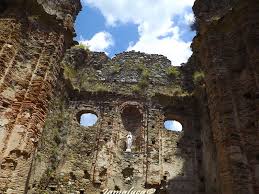
Can a mechanism of identity and innovation at the same time be triggered, starting from the land seen as a common good? And if so, how?
First of all, taking note of what is wrong, of the latent discomfort present in our urban centers.
Places where women do not work or do not reconcile the times of life and work.
Where the problem reverberates on the elderly who, in the absence of proximity services, have to take care of their children (including the disabled).
Where young people live a complex condition of marginality and, often, deviance. Where there is no computer literacy (necessary especially now in time of Covid19) because often especially in the most isolated settlements there are no network services and therefore not reached by internet. Which means great inconvenience because mothers cannot follow their children to school because it is far away (and this, in case of not reopening or procrastination of the same will create strong disparities). Places where mobility is suffering and very often rural centers do not have driveways. And again. Places that are healthy but unprepared to face health problems. Where there are no local services of proximity, especially health services, and one has the feeling of not being protected as well as having mortality due to poor and difficult prevention.
Secondly, it is necessary to have a plan, an idea, a strategy at the center of which there is the enhancement of the land, especially the state land (and it is a lot), subject to civic uses, in order to develop services that are not aimed at profit but instead at the proceeds. Where you fight the abandonment of forests, areas, land and the resulting illegal and often unlawful or unhealthy possession.

Land for the community, then, at the center of attention of the local government. And there is no doubt that the accompaniment of the public, the provision of land and investment in the processes that may arise from a proper and collective use of common goods, would also facilitate the path of interception of private individuals who, strongly pushed by the social side, would find “convenient” to start significant activities for the community. The public good land, in short, must return to be functional to the public welfare for which it was born by creating a “land bank” that will make use of those lands by making them available to vast operations of valorization that bring work, business, cleanliness, healthy environment. And, why not, beauty.
The second element goes hand in hand with this. It is tradition.
The public body conceived to be the flywheel of a development in community form must create more than empty and squalid huts built only to obtain subsidies or to ape industrial areas, as it has unfortunately been until now, but incubators of tradition and innovation. Places where the past of craftsmen and trades and modern techniques and technologies that transcend borders (even commercial ones) are together. Places where the old (who knows) stands beside the young (who must learn). Supporting this process with the support of professional training centered on the territory can close the circle, ensuring that the job, the qualification, are in step with the times, the titles are expendable on the labor market and the skills become truly innovative and equipped with the appropriate skills for markets that quickly change demands.
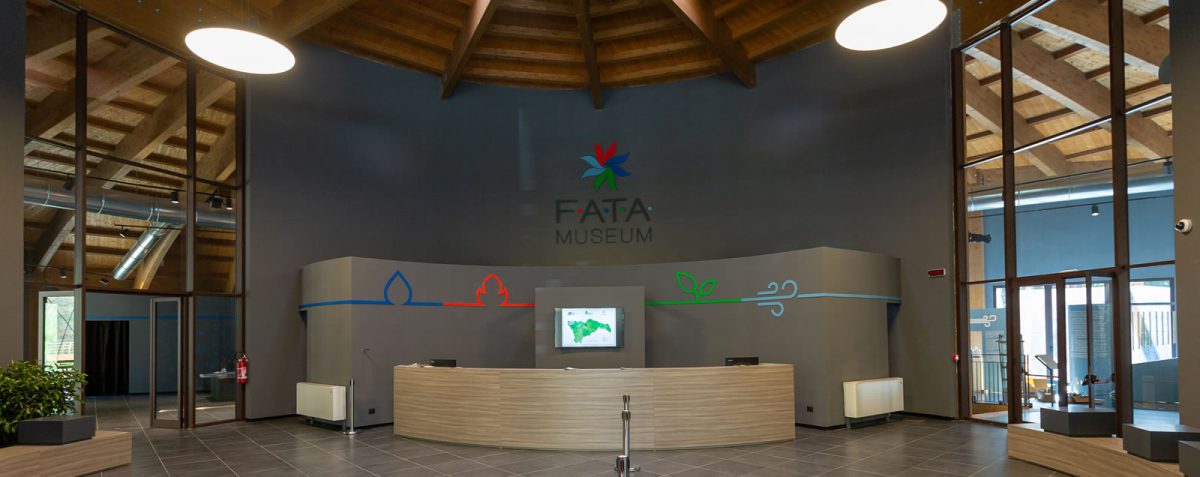
These are just two examples but fundamental. They are important because local governance is oriented towards social cohesion. Without it, all initiatives can only be stumbling blocks. They will lack the collective aspect that supports them, that gives them consensus, and they will never achieve the real useful result: creating a community. Municipal administrations are at the center of this design and, as the entities closest to the citizens and the only ones able to play a role as a collector of the instances of their community by putting them into a system.
To realize these priorities, first of all, ethical capacities of action are needed. Not only those techniques of knowing how to do things but the moral ones of doing them for the common good. The experience of decades shows that from this point of view we have witnessed the catastrophic degradation of the relationship between citizens and their “rulers”. This has denied the possibility of having a neutral environment in which legitimate interests are certainly respected but never at the expense of legitimate collective needs or actions for the development of community empowerment, i.e. the strengthening of self-esteem, the emergence of talents, the enhancement of human, agricultural, energy, patrimonial and identity resources of the community.
Social and political can no longer afford today to be two separate and incompatible terms. It is on their rapprochement or negotiation, based on mutual convenience, that the recovery, maintenance and use of traditions, the added value of innovation, the efficiency of services and the effectiveness of interventions depend. Any action that does not have this objective is not a useful action for social cohesion. And without the latter there will not be a real development but above all adequate to the dramatic demands of the community and the dramatic times that await it.

[1] On this topic, see www.diagonales.it/lesson/oltre-il-post-covid19/ “Oltre il post-covid19. quale spazio di manovra per le relazioni sociali?” (“Beyond post-covid19. what room for manoeuvre for social relations?” by Cleto Corposanto, Julio Echeverría, Massimo Fotino, where it is stated: “… there is no doubt that the places of evidence of the agglomeration, i.e. the cities, are the space of active, frenetic, mobile life, while the countryside is perceived (perhaps in a romantic way but not for this little felt) as the topos of calm, rest, opposition to the frenetic rhythms practiced in advanced societies, and of course the healthy environment. It is no coincidence that the pandemic has mainly broken out in large urban centers and much less in the countryside. This consideration cannot but orient social behavior in a different way towards new habits, consumption and obviously styles of relationships. But if before it was not easy to reconcile the two dimensions, today the task is not at all simple, just as the work of urban regeneration and the foundation of a new relationship between the city and its surroundings is complex”.
[2] Significant examples at European level of this response of internal areas have been collected by ENRD – European Network for Rural Development, which also illustrates both the coping of farmers and agricultural enterprises and the European measures adopted to support them.


